The Role of High Temperature Resistant Tungsten Wire in Glass Forming
- Details
- Category: Tungsten Information
- Published on Friday, 27 June 2025 17:08
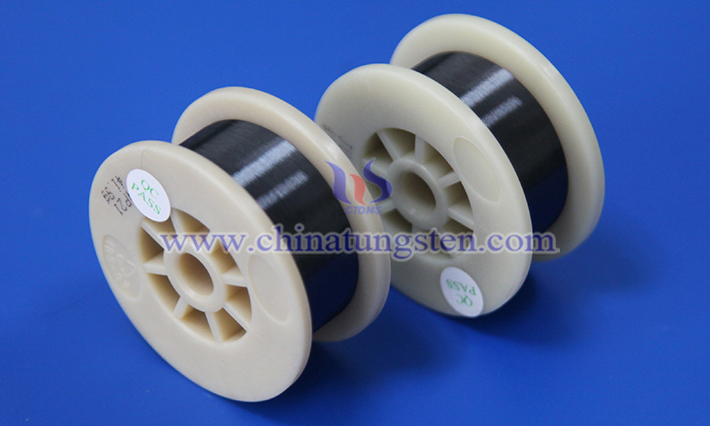
High temperature resistant tungsten wire plays a vital role in the glass forming process. Its unique performance is closely combined with process requirements, which significantly improves the quality and production efficiency of glass products.
Application Scenarios of Tungsten Wire in Smart Glass
- Details
- Category: Tungsten Information
- Published on Friday, 27 June 2025 17:02
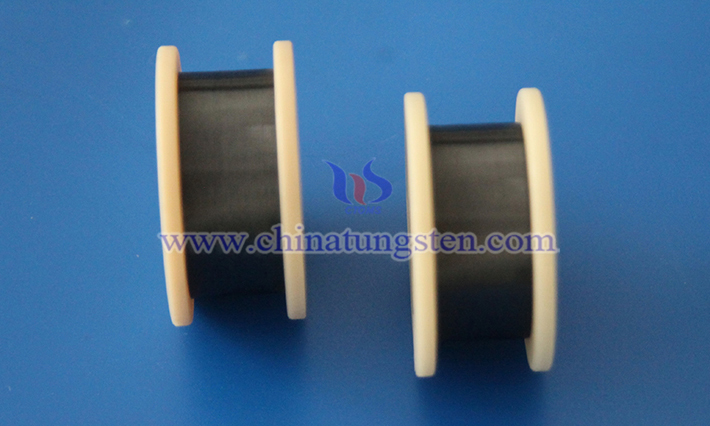
Tungsten wire, with its unique physical and chemical properties, has shown significant technical advantages and rich application scenarios in the field of smart glass, such as playing an important role in the realization of intelligent dimming, defrosting and defogging, energy management and other functions in the automotive, construction, electronics and other industries.
Heating Glass Technology: Thermal Conduction Mechanism of Tungsten Wire
- Details
- Category: Tungsten Information
- Published on Friday, 27 June 2025 17:00

In heating glass technology, tungsten wire is an efficient heating element, and its thermal conduction mechanism mainly involves heat generation, transfer and interaction with glass substrate.
Applications of Tungsten Wire in Glass Molding
- Details
- Category: Tungsten Information
- Published on Thursday, 26 June 2025 19:31
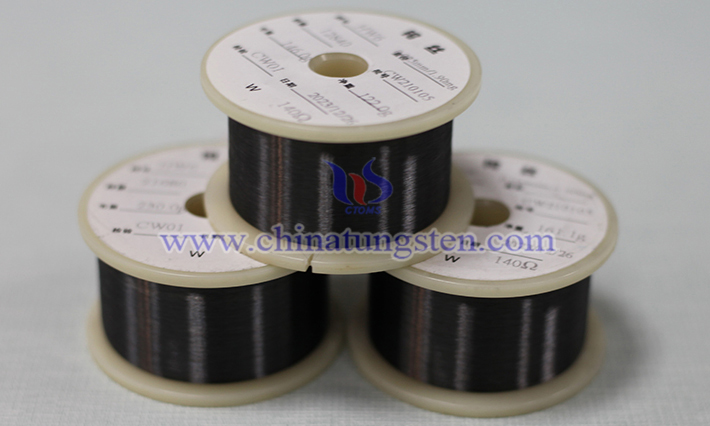
Tungsten wire is widely used in the industrial field, especially in the glass molding process, due to its high melting point, corrosion resistance and excellent mechanical properties. Tungsten wire is mainly used in key links such as heating, cutting and molding in glass manufacturing, and its unique properties can meet the needs of high temperature and complex process environments.
Application of Tungsten Wire in Glass Melting
- Details
- Category: Tungsten Information
- Published on Thursday, 26 June 2025 19:29
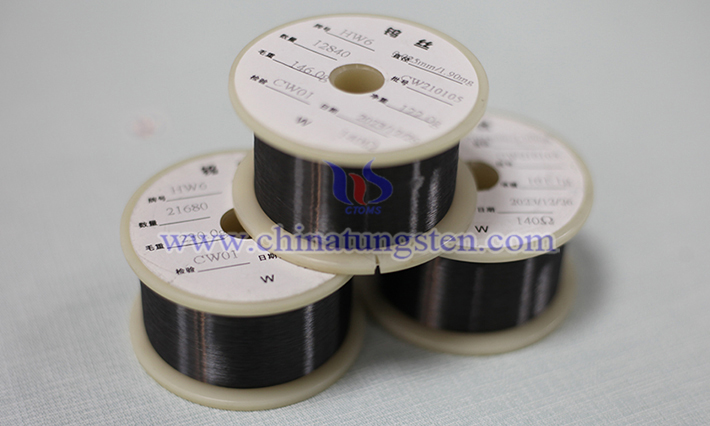
Tungsten wire has an indispensable application in the heating, molding and experiment of glass melting due to its excellent high temperature performance and chemical stability. It is a key material in modern glass industry and scientific research.
Design Principle of Tungsten Wire in Glass Heating Equipment
- Details
- Category: Tungsten Information
- Published on Thursday, 26 June 2025 19:27
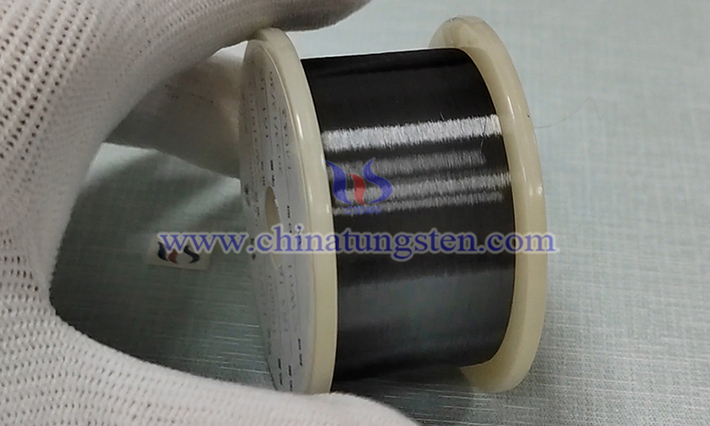
The core design of tungsten wire heating elements used in glass heating equipment (such as glass kilns, furnaces or vacuum coating equipment) is to use the extreme high temperature stability and efficient radiation heat transfer ability of tungsten metal to achieve uniform and rapid heating of glass in harsh environments. The following are its key design principles:
Advantages of Tungsten Wire in Heating Glass Process
- Details
- Category: Tungsten Information
- Published on Thursday, 26 June 2025 19:25
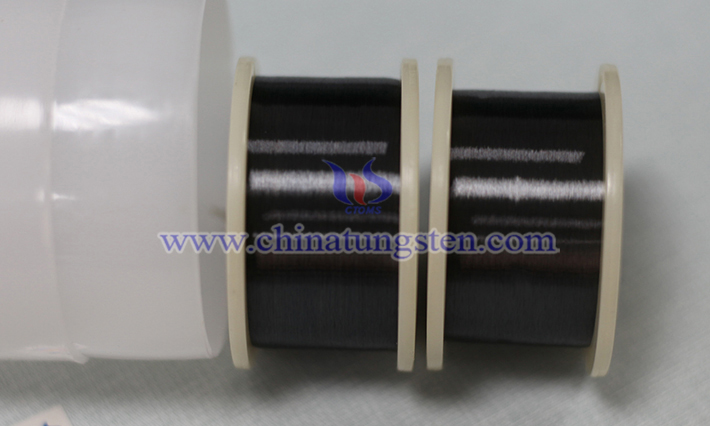
As a high-performance functional material, tungsten wire has shown multi-dimensional technological innovation value and application advantages in the field of heating glass process. Its unique physical and chemical properties not only break through the limitations of traditional heating technology, but also promote the evolution of glass products towards intelligence and efficiency.
Selection of Tungsten Wire in Glass Heating System
- Details
- Category: Tungsten Information
- Published on Thursday, 26 June 2025 19:23
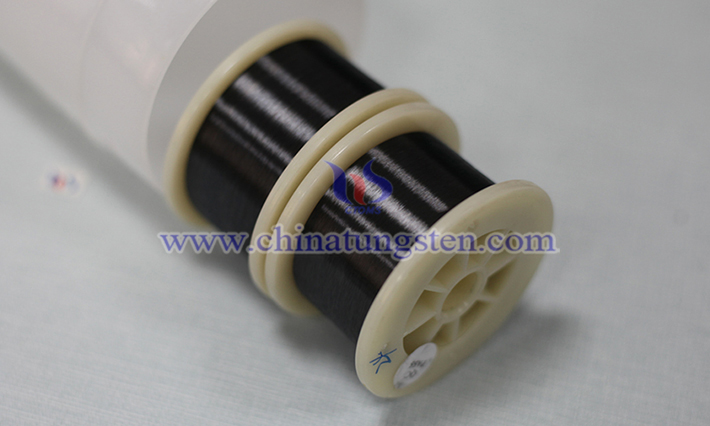
Tungsten wire has an extremely high melting point (about 3422℃) and is an ideal high temperature resistant material in glass heating system. Its resistivity is moderate, it can heat up quickly when heated, and it has good thermal stability and is not easy to deform or melt. Tungsten wire also has a low thermal expansion coefficient and can maintain structural stability at high temperatures. In addition, the chemical inertness of tungsten makes it difficult to react with glass or surrounding gases at high temperatures, extending its service life.
Tungsten Wire: The Temperature Guardian in Glass Heating Equipment
- Details
- Category: Tungsten Information
- Published on Thursday, 26 June 2025 19:21
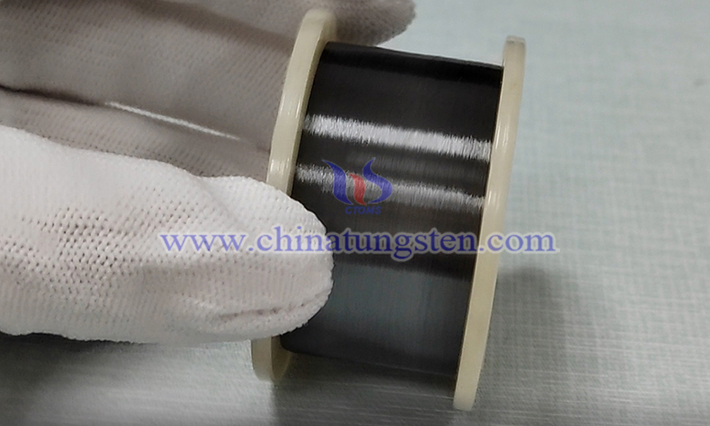
In processes such as glass melting, forming and sealing, heating equipment needs to operate stably at high temperatures far exceeding 1,000 degrees. When common alloy materials yield at high temperatures, tungsten wire becomes the key support in this extreme thermal field with its excellent physical properties.
Role of Tungsten Wire in Glass Heating Process
- Details
- Category: Tungsten Information
- Published on Thursday, 26 June 2025 19:19
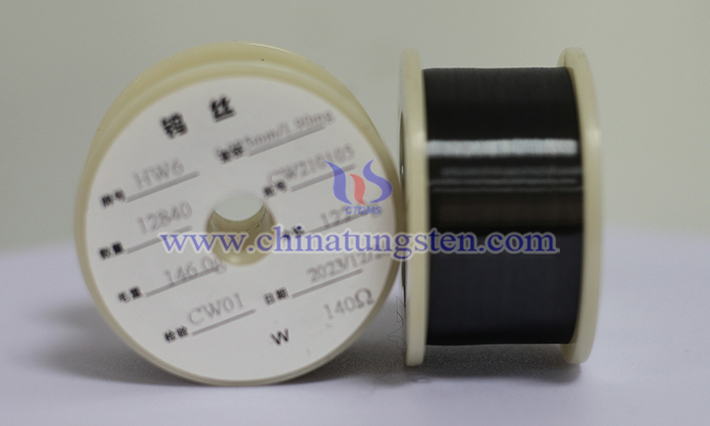
The role of tungsten wire in glass heating process is mainly reflected in efficient heating, stability and precise temperature control ability, and it is an important component to ensure the quality of glass products and process efficiency.


 sales@chinatungsten.com
sales@chinatungsten.com